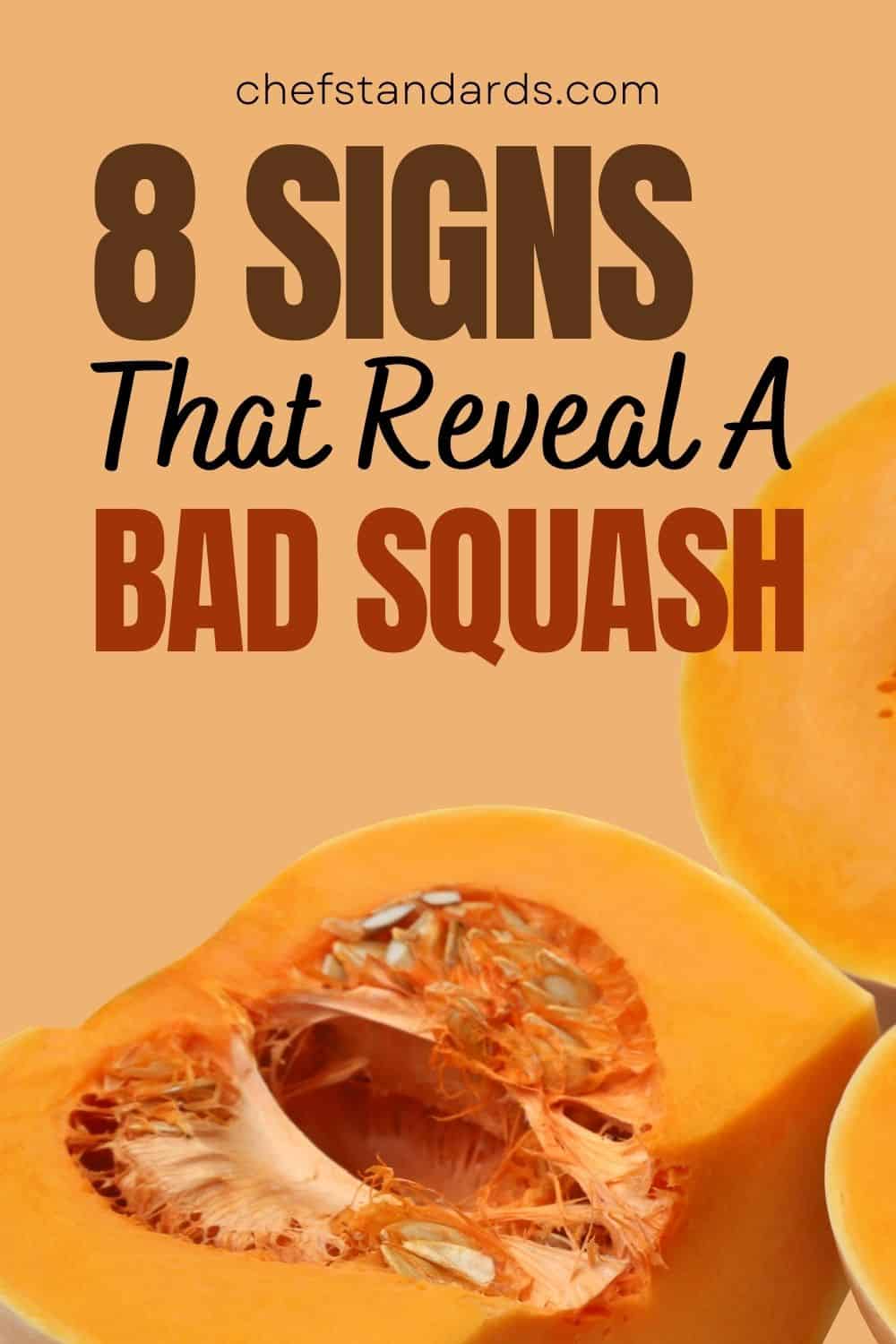Squash is a well-known veggie here in the US. It is quite versatile when it comes to cooking appliances and it is very healthy since it is full of nutrients like fiber, vitamins A, B6, C, and D, as well as potassium, magnesium, iron, and calcium.
Aside from that, it can be incorporated into various types of dishes including soups, stews, lasagnas, etc.
There are many types of squash and the main categorization is Summer squash (like yellow squash and zucchini), which is quite popular in the summertime, and winter squash (like pumpkin, acorn, spaghetti squash, and butternut squash).
Two of the most popular types of squash are yellow squash and butternut squash and, here, those two types of squash will be discussed most.
No matter if it is from the grocery store or harvested from the plantation, raw squash can go bad and it is very important to know how to recognize that. So, the question is, “How to tell if squash is bad?”.
Well, there are a few signs that can reveal that you are dealing with bad squash.
So, continue reading to find out.
How To Tell If Squash Is Bad?
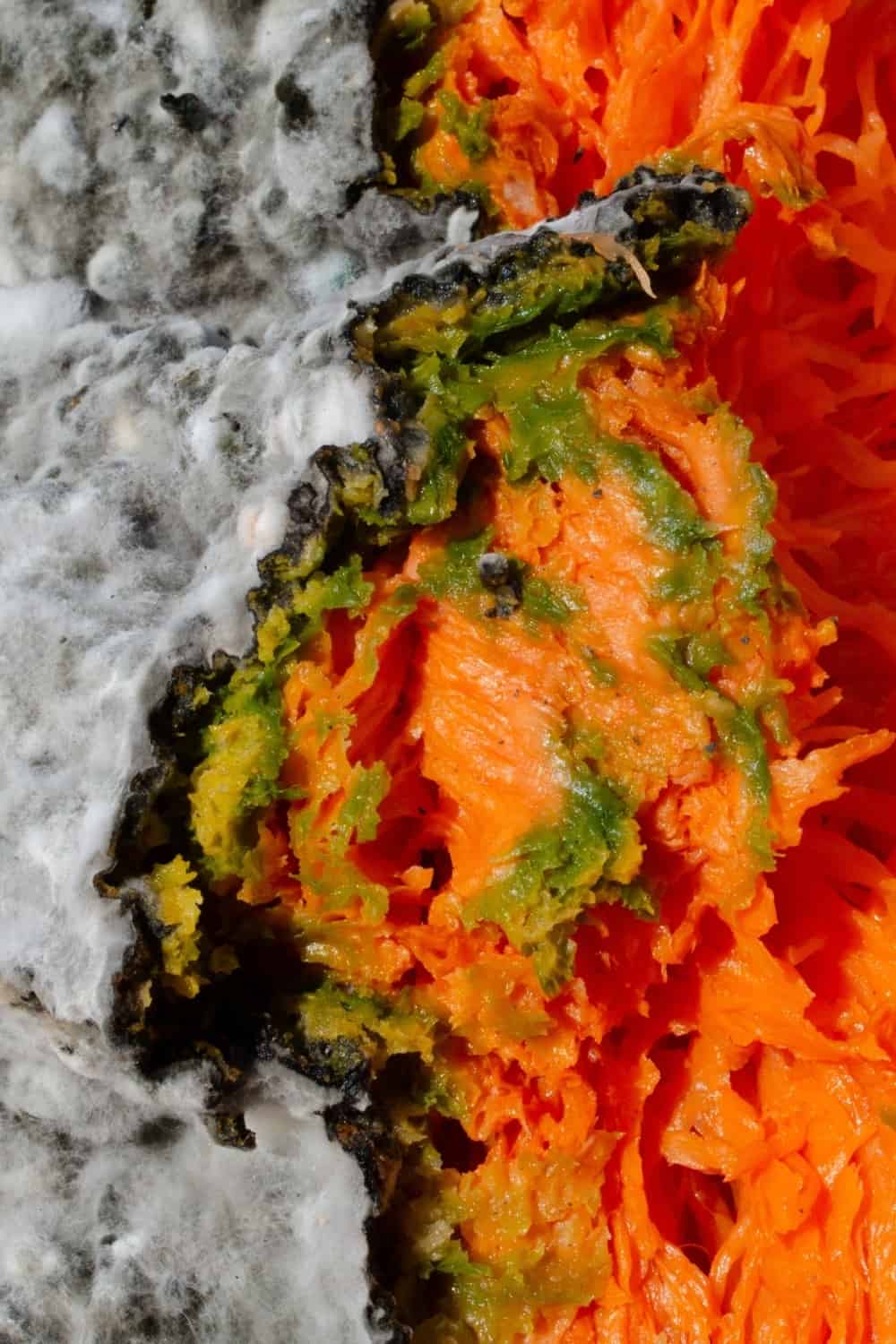
As I already said in the introduction, the two most popular types of squash are yellow squash and butternut squash and I will reveal to you the signs of spoilage of these two types of squash. So, let’s see how to know if squash is bad.
Bad Yellow Squash
Here are the spoilage signs of yellow squash.
1. Bugs Crawling On The Surface: If you notice any bugs on the surface or fly larvae, that is a sign of rotting flesh and that the squash should be discarded immediately.
2. Harsh Skin Texture: The skin of the healthy and fresh yellow squash is usually smooth, and sometimes good squash can have somewhat rough skin which is also perfectly fine. However, if the skin of the squash has a harsh texture, that may be a sign of infestation by a pest and that squash shouldn’t be consumed.
3. Marks And Soft Spots: If you notice scratches on the surface of the squash skin, that will result in the entrance of the disease that will spoil your squash. Since the result of scratches are soft parts on the surface of the skin, it is obvious that it is a sign of spoiled vegetables.
4. Bad Smell: If you sense any rotten smell of the squash, it probably has mold in it or even worms and insects, so it is not suitable for consumption and should be discarded.
5. Discoloration: Every healthy and fresh vegetable is full of color and that is the case with squash as well. Good yellow squash should be golden and full of color as well. So, if you notice any discoloration or brown spots on the surface of the squash, it is probably bad.
6. Missing Stem: The stem is very important for squash. It is a feeding area and if it is detached, that area becomes very sensitive because it is quite soft. Also, the stem must be at least 4 inches long in order to protect the vegetable properly.
7. Size And Weight: A good and healthy squash usually weighs at least one pound. If that’s not the case with your squash, it most probably isn’t good.
8. Bitter Taste: Squash usually has a neutral taste if it is good. However, sometimes the taste can become bitter if it is loaded with toxic chemicals. So, if you sense that bitter taste, it is best to get rid of that squash because it can cause you serious problems.
How To Tell If Butternut Squash Is Bad
When it comes to the spoilage signs of butternut squash, they are pretty much the same as the spoilage signs of yellow squash.
I only have to say that weight is extremely important when it comes to any type of winter squash. Good winter squash is quite heavy. Also, when you choose your ideal winter squash, you must look for one that has dry stems because that is a sign of good squash.
Also, butternut squash doesn’t spoil as easily as yellow squash and that is also very crucial to know if you are dealing with it.
What Happens If You Eat Bad Squash?

Whether it is bad yellow squash or bad butternut squash, it is never a good idea to eat squash that is spoiled. Of course, that is the case with almost any type of fruit, vegetable, or food in general.
The consequences of eating spoiled food include food poisoning or some type of foodborne illness. In most cases, that is the consequence of harmful bacteria.
However, when it comes to squash, the situation is a little more specific. To be more exact, squash produces chemicals known as cucurbitacins that can give squash a bitter taste. In normal circumstances, squash produces just a little amount of these chemicals.
However, accidental cross-pollination can sometimes occur and that leads to high levels of cucurbitacins.
So, if you consume squash with a high level of these chemicals, it can lead to so-called toxic squash syndrome. The symptoms of toxic squash syndrome are not very pleasant and they include abdominal pain, vomiting, and diarrhea.
In extreme cases, when you consume a lot of squash with a high level of cucurbitacins, the consequences may include swelling in the gallbladder, liver, pancreas, or kidney.
You can even lose your hair and, in some very extreme cases, the consumption of squash with a high level of circumstances can even cause death. Fortunately, that is very rare.
So, if you want to avoid toxic squash syndrome, it is best to try a small piece of squash before consuming it. If it is unusually bitter, spit it out immediately because it may be toxic.
How Long Does Squash Last?
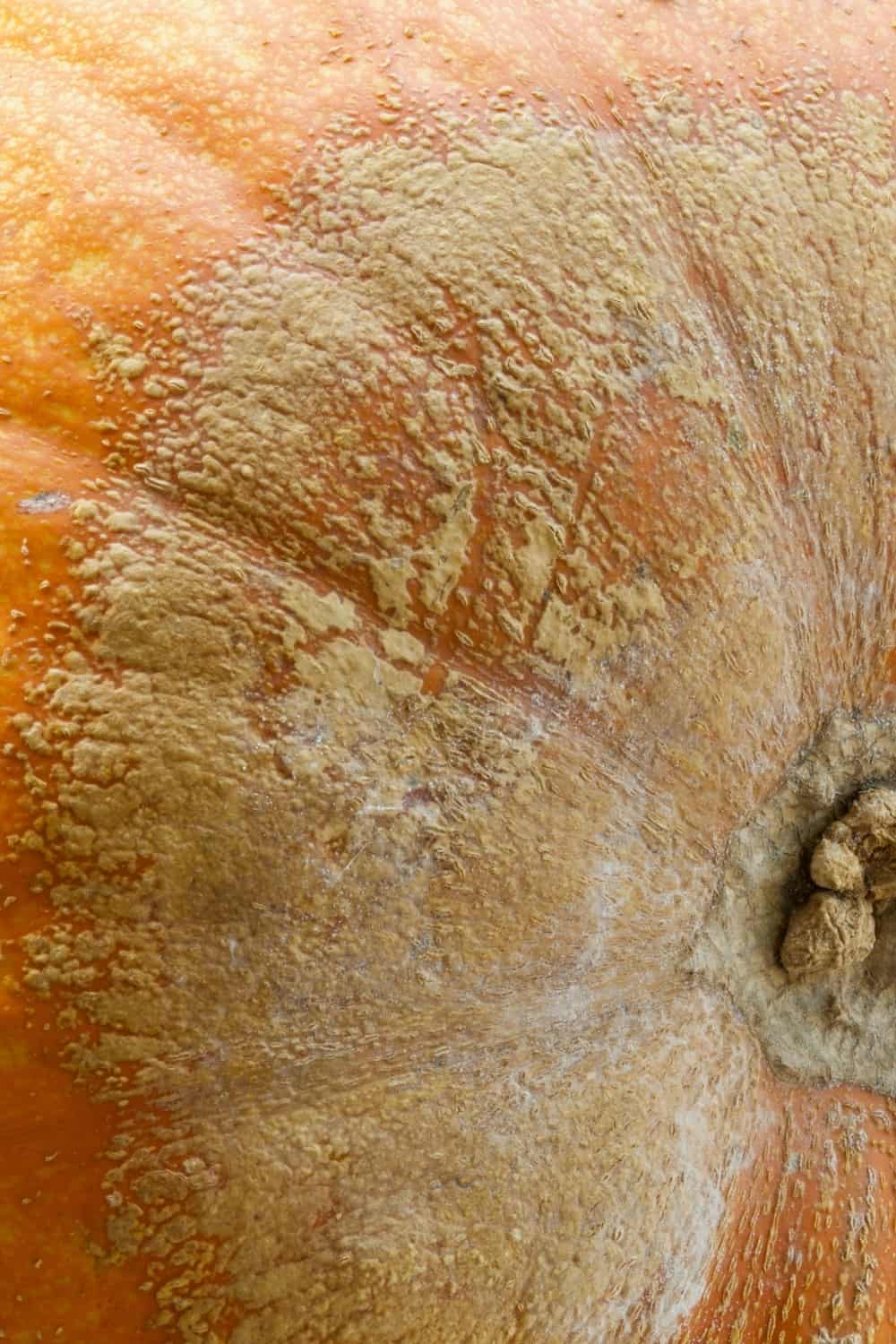
So, if you don’t want your squash to go bad, it is very important to know how long it lasts. The shelf life of your squash mainly depends on its type and on the way you store it. According to those two factors, I will reveal to you the exact shelf life of your squash below.
How Long Can Squash Last At Room Temperature?
If you are dealing with yellow squash or any other type of summer squash, it won’t last very long if you store it on the counter. It will last only up to 5 days if stored at room temperature.
On the other hand, winter varieties, including butternut squash, tend to last longer at room temperature. So, if you store your butternut squash at room temperature properly, it will remain good for up to 3 months.
As you can see, it is a much better idea to store butternut squash on the countertop.
How Long Can You Store Squash In The Refrigerator?
If you are not planning to consume yellow squash right away, it is a much better idea to store it in the fridge because that will add a couple of days to its shelf life. Yellow squash will last for up to 7 days in the fridge if stored properly.
On the other hand, if you store butternut squash in the fridge, it will last for up to 3 months. Of course, that is if you store whole squash. However, if you peel it and cut it into cubes, it will last for up to 3-5 days in the fridge.
What Is The Shelf Life Of Squash In The Freezer?
When it comes to freezing summer squash, it is not a great idea to freeze the entire squash because it doesn’t like low temperatures. So, summer squash requires blanching instead. And, if you freeze it that way, it will last in the freezer for up to 1 year.
On the other hand, you can freeze fresh butternut squash or cooked butternut squash. Properly stored fresh butternut squash will last in the freezer for up to 1 year. However, if you decide to freeze cooked butternut squash, it will last for up to 3-6 months in the freezer.
How To Store Squash Properly?

It is not enough to only know the main spoilage signs of squash and how long it lasts. It is also very important to know how to store your squash properly. Below, I will briefly go through all the processes of squash. So, stay with me.
On The Countertop
When it comes to the shelf life of squash on the countertop, you already know that winter squash can retain its freshness for quite a longer time than its cousins that belong to summer varieties. However, when it comes to storing them, they are the same.
It is essential that you store both types of squash in a cool, dark place, away from direct sunlight or any type of heat source. Also, you have to store squash far away from fruits and veggies that produce ethylene gas because they can accelerate the ripening process.
Some types of fruits and veggies that produce ethylene gas include apples, blueberries, avocados, bananas, cantaloupes, etc.
In The Fridge
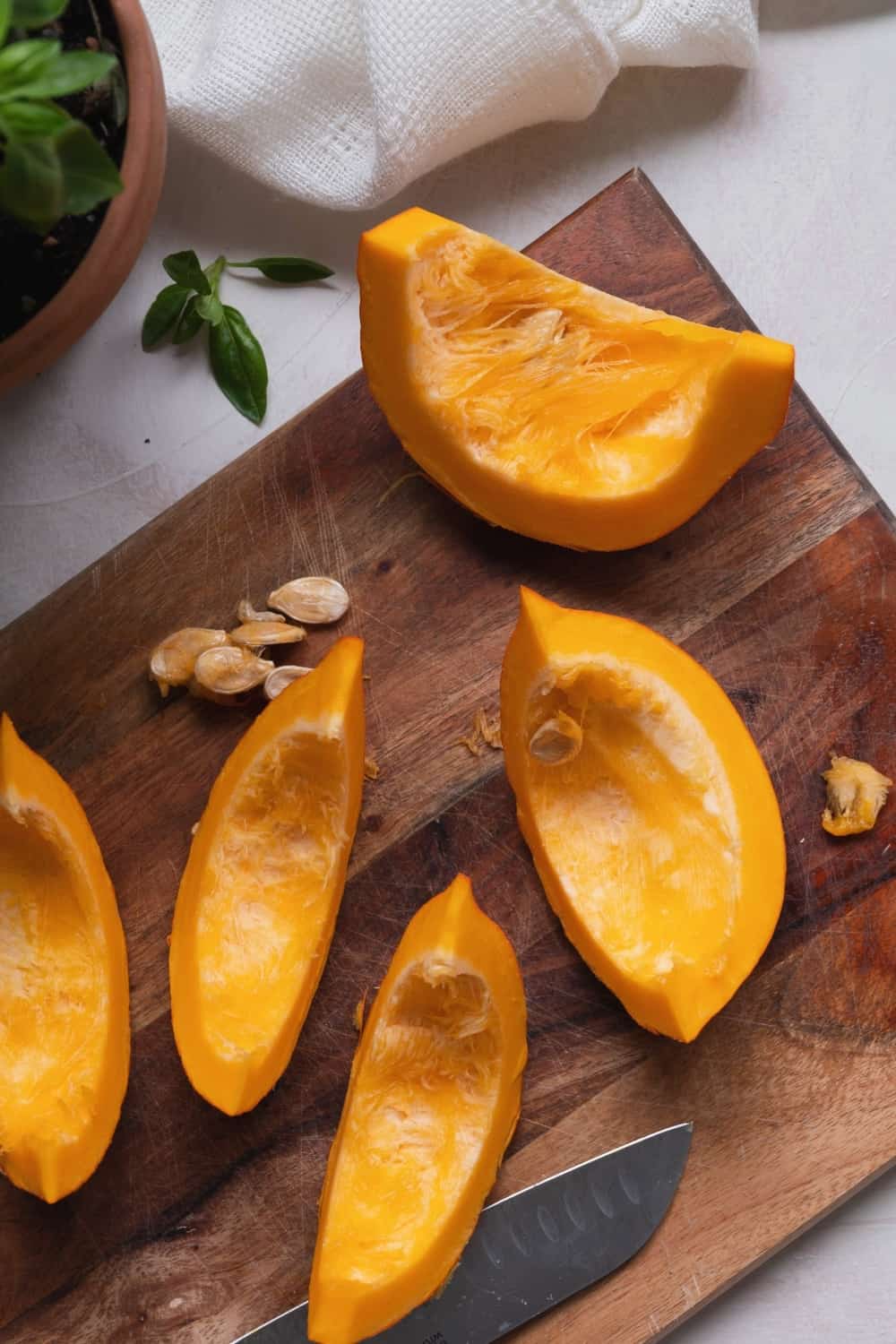
I will start with the process of refrigerating yellow squash. As you already know, you can add a couple of extra days to your yellow squash shelf life if you properly store it in the fridge.
All you have to do is to wipe the squash down with a damp paper towel, place it in a plastic bag, and refrigerate it.
It is also a good idea to poke small holes in the bag to allow your squash to breathe. You also have to ensure the right temperature in the fridge or vegetable drawer because a too low temperature can negatively affect yellow squash.
When it comes to refrigerating butternut squash, it is necessary to store it in the fridge once you remove its rind.
So, when you remove the rind, you will cut it into cubes and place those cubes into an airtight container. You will seal the container properly in order to protect the squash from the air and then you can store it in the fridge for up to 3-5 days.
The procedure is the same for cooked or baked squash.
How To Freeze Squash?

And, finally, there is the possibility of freezing squash. I won’t go too deep into the process because there are many other articles that explain the freezing process of squash in detail, but I will explain some main facts related to freezing summer and winter squash.
Freezing Summer Squash
If you want to freeze your yellow squash or any other type of summer squash, it is important to blanch it first. It is a technique that stops the enzymes from breaking down your vegetables and helps them retain their quality.
So, in order to freeze your yellow squash, you first need to wash it in cold tap water. Then you have to cut it into small slices or chunks and place those chunks in a pot of boiling water.
Let them stay there for about 3 minutes and, after that time frame, dunk them in an ice water bath immediately to stop the cooking process.
After that, pull them out from the bath and dry them using a paper towel. After you have dried them properly, you can transfer those chunks of yellow squash to an airtight container or a freezer bag.
Place the bag or container in the freezer and your frozen squash will remain good for up to 1 year.
Freezing Winter Squash
Unlike summer squash, winter squash freezes much better if it has been cooked previously. The main reason for this is the more rigid fruit body of all types of winter squash including butternut squash. So, here is what you have to do.
You first have to peel the skin of the squash. After that, it is important to cut the squash in two and get rid of all the seeds. When your squash is seedless, you can cut it into small chunks, place those chunks on a baking sheet, and sprinkle them with a little salt and pepper.
You then need to preheat the oven to 400 degrees F and put the baking dish in it. You have to let it cook for about 35-40 minutes. After that time frame, you can transfer your squash from the baking dish to a freezer bag and then put the bag in the freezer.
If you want to incorporate your squash into soups or pies, it is not a bad idea to puree the squash and then put it in an airtight container and finally in the freezer. But, that is up to you to decide.
FAQs
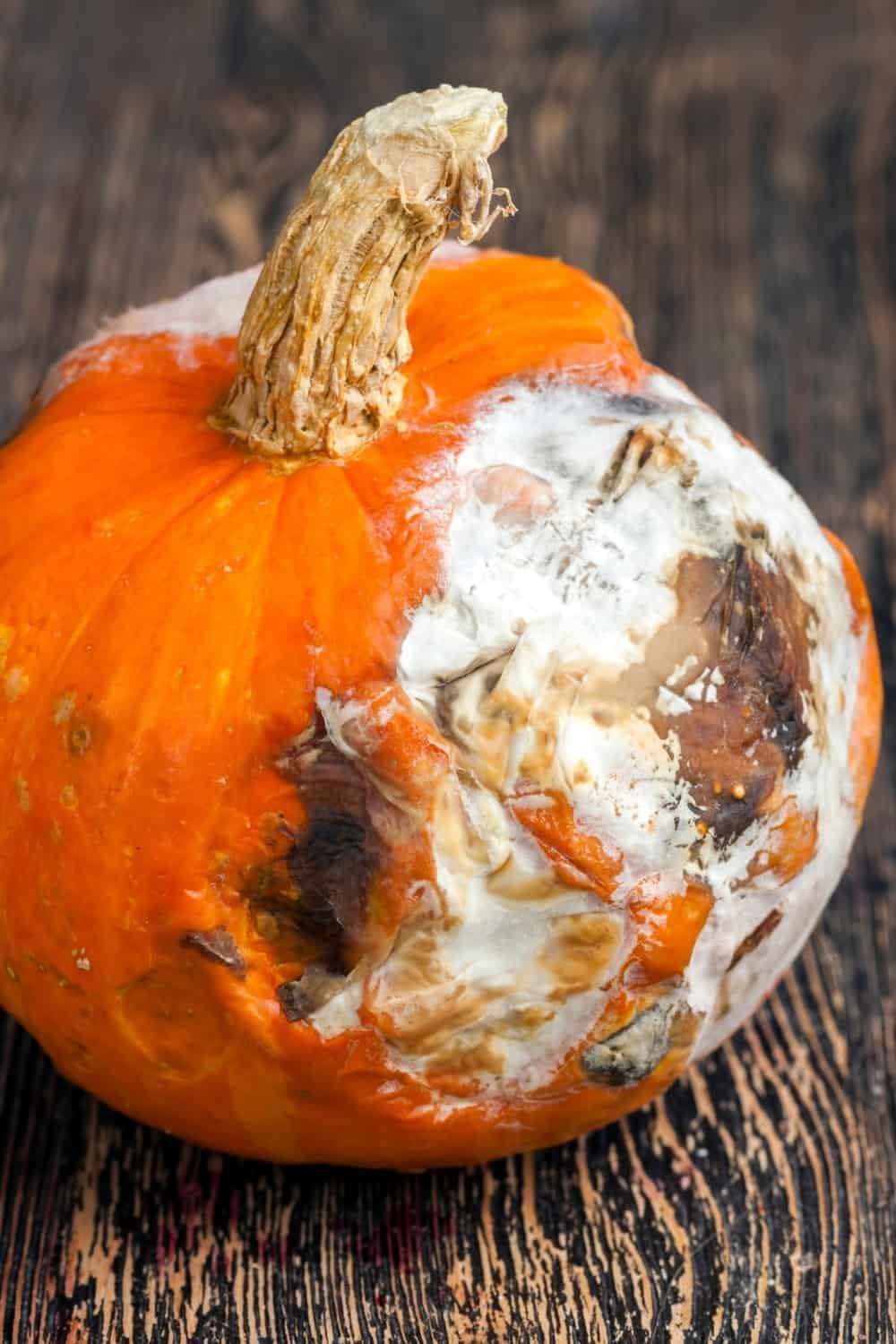
Is Squash Still Good If It’s Soft?
If the surface of the squash skin is soft or if there are any soft spots on that surface, the squash is probably bad and shouldn’t be consumed.
Why Do I Need To Know If Squash Is Bad?
It is extremely important to know if your squash is bad because eating bad squash can lead to food poisoning or some kind of foodborne illness.
Aside from that, in some cases, squash can produce high levels of cucurbitacins and that can make it toxic. So if you consume that squash, that can lead you to toxic squash syndrome which can cause abdominal pain, vomiting, or diarrhea.
What If Squash Has A Bad Taste?
Squash usually has a kind of neutral taste. However, if it is loaded with toxic chemicals known as cucurbitacins, it will have a bitter taste.
So, if you sense that bitter taste, spit out that squash immediately and get rid of the whole squash as well.
Recognizing The Bad Squash
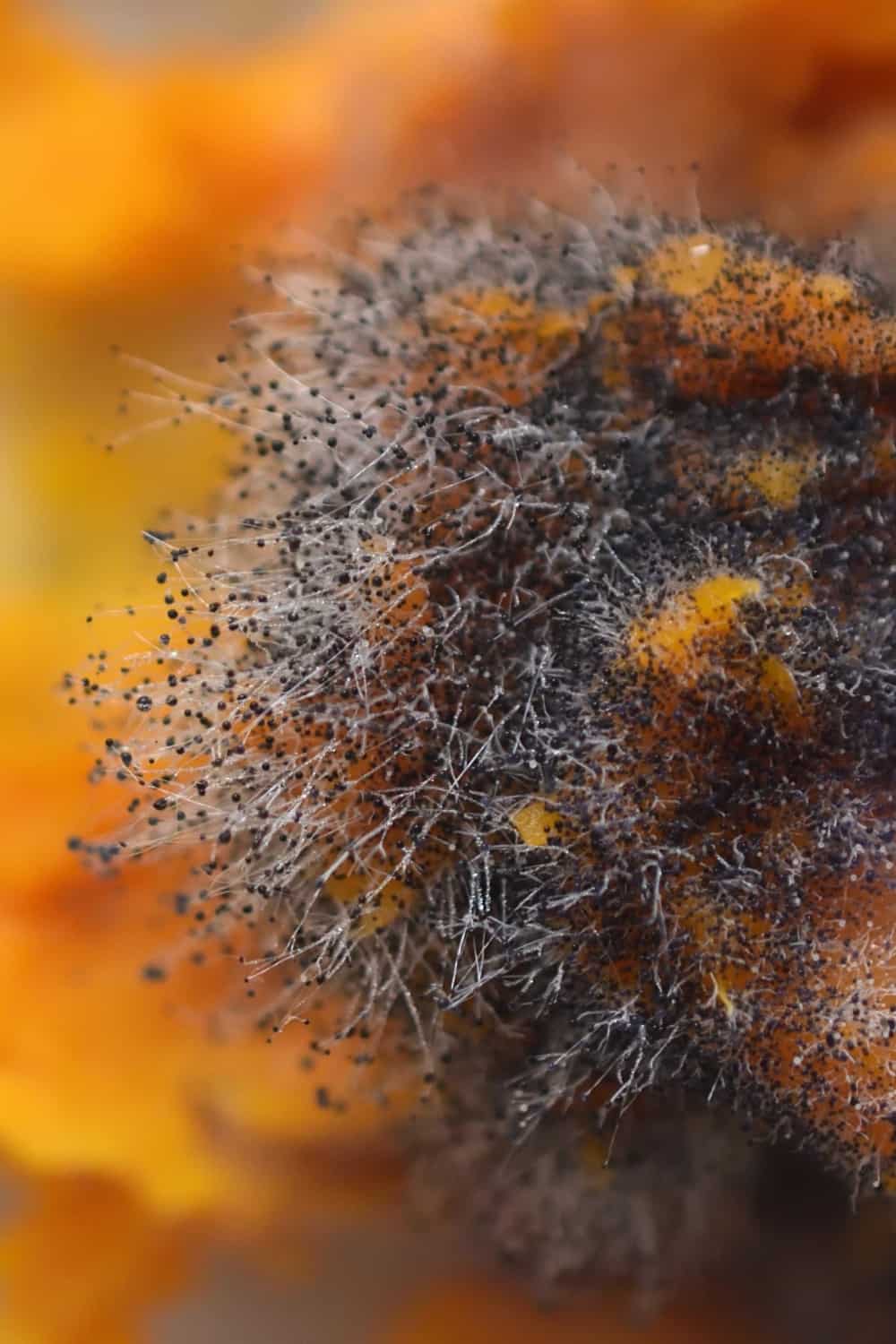
It is a good source of vitamins. Generally, squash has many health benefits, and you can serve it as a side dish or incorporate it into many types of dishes.
However, just like any other type of food, it can go bad too. So, the main question is “How to tell if squash is bad?”. Well, there are 8 main signs of bad squash and they are all explained in this article, so you don’t have to worry.
Aside from that, the exact shelf life of squash, as well as some storage tips, are all represented in this article, so you should take a look at that in order to handle your squash properly.
